Yes. Stainless steel has excellent properties at both extremes of the temperature scale. Stainless steel can be used down to liquid nitrogen temperatures and up to about 1800°F.
No. The austenitic or 300 series stainless steels are generally non-magnetic but high levels of cold work can make them somewhat magnetic. Castings made out of these stainless steels can also be somewhat magnetic. This slight magnetism is not an indication of a problem with the stainless steel. Other stainless steels families are naturally magnetic (e.g. ferritic 400-series and duplexes).
Yes. The 300 series stainless steel can be “hardened” but only by “work hardening.” This is done by cold working the material. This can be done by cold rolling to lighter thicknesses, cold “drawing” through a die, deep drawing a sink, pressing a pattern into the surface (i.e. embossing) or by the other operation that changes the metal’s shape while it is cold. “Annealing” stainless steel will remove this work hardening effect.
Annealing is a heat treatment for stainless steel. Stainless steel is usually sold in the “annealed” condition.
Stainless steel products (sheets, plates, bars, wire, etc.) are usually supplied in the “annealed” condition. That means that the last operation is to heat the material up to a temperature where the residual stresses of manufacturing can be relieved, and the material will be in the “soft” condition. Most flat-rolled products, however, are made in coils and when a “sheet” is cut from the coil it is usually “flattened” which does add some small amount of stress to the material. Bar products are usually straightened and that adds some small amount of stress as well. The term “dead soft” usually refers to a product where even this small amount of stress is removed, but as a practical matter, this condition is not readily available.
No. Stainless steels do not need to be preheated before welding.
